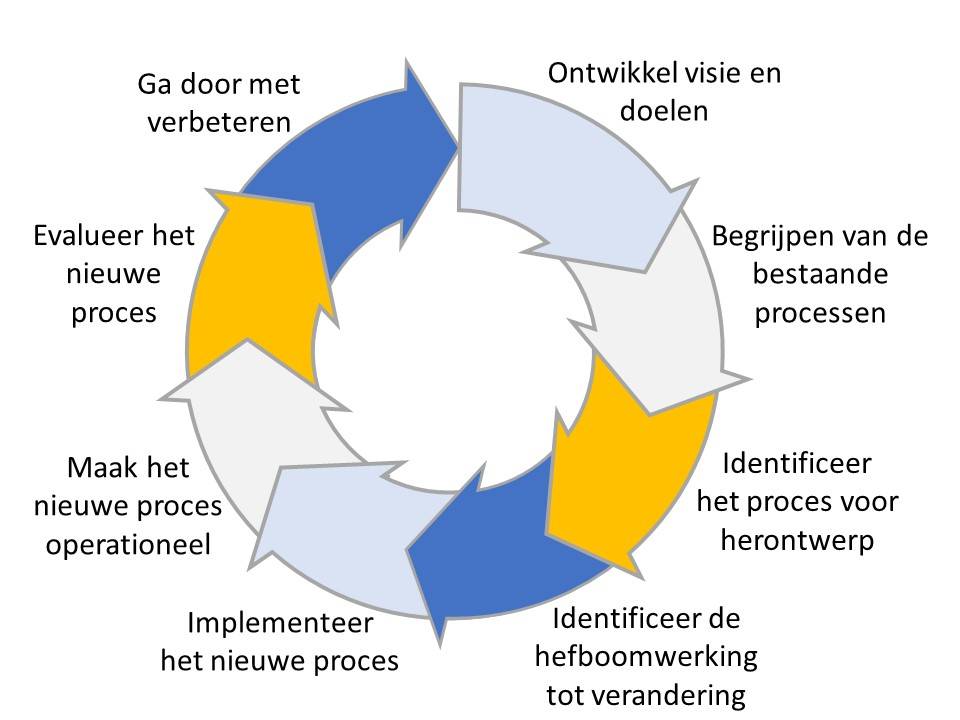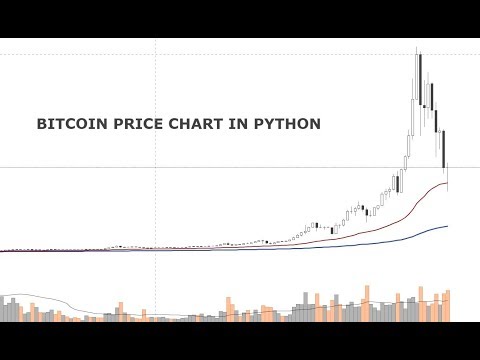

A company that possesses a high gearing ratio shows a high debt to equity ratio, which potentially increases the risk of financial failure of the business. Gearing serves as a measure of the extent to which a company funds its operations using money borrowed from lenders versus money sourced from shareholders. An appropriate level of gearing depends on the industry that a company operates in.
Gearing ratios are financial ratios that compare some form of owner’s equity to debt, or funds borrowed by the company. Gearing is a measurement of the entity’s financial leverage, which demonstrates the degree to which a firm’s activities are funded by shareholders’ funds versus creditors’ funds. Companies with high levels of capital gearing will have a larger amount of debt relative to their equity value. The gearing ratio is a measure of financial risk and expresses the amount of a company’s debt in terms of its equity. A company with a gearing ratio of 2.0 would have twice as much debt as equity. So that’s why it’s important to understand whether the company is highly geared or low geared and how the company is doing in terms of covering the interest payment and earning a decent profit.

If a company were to have a high D/E ratio, the company’s reliance on debt financing to fund its continuing operations is significant. Gearing ratios are useful for understanding the liquidity positions of companies and their long-term financial stability. Hence, Mr. Raj’s concern is correct, as the firm could end up with the proposed loan for more than 50% of the total assets. Capital gearing, which is also known as leverage, looks at the proportions of owner’s capital and borrowed capital used to finance the business. Many different definitions exist; the two most commonly used are given above. When necessary in the exam, you will be told which definition to use.
Despite its risks, borrowed capital is attractive to companies as lenders accept a lower rate of return than equity investors due to their secured positions. But in the case of 2nd company, this ratio is 8,00,000/10,00,000 i.e., 80%, so it is low geared. Assume that a company has $90,000 as equity share capital and $450,000 as reserves and surplus. The sources of funds with fixed charges of the company include 5% debentures of 300,000, 12% preferred stock of $250,000, and short-term borrowings of $260,000. The gearing level is arrived at by expressing the capital with fixed return as a percentage of capital employed. A company whose cwfr is in excess of 60% of the total capital employed is said to be highly geared.
Calculate Capital Gearing Ratio – Nestle Example
Lenders use gearing ratios to determine whether to extend credit or not. They are in the business of generating interest income by lending money. Lenders consider gearing ratios to help determine the borrower’s ability to repay a loan. R&G Plc’s balance sheet on 31 December 2017 shows total long-term debts of $500,000, total preferred share capital of $300,000, and total common share capital of $400,000. Capital gearing ratio is the measure of capital structure analysis and financial strength of the company and is of great importance for actual and potential investors.
Besides his extensive derivative trading expertise, Adam is an expert in economics and behavioral finance. Adam received his master’s in economics from The New School for Social Research and his Ph.D. from the University of Wisconsin-Madison in sociology. He is a CFA charterholder as well as holding FINRA Series 7, 55 & 63 licenses. He currently researches and teaches economic sociology and the social studies of finance at the Hebrew University in Jerusalem. Interest coverage ratio can be calculated by comparing the earnings before interest and tax to the interest expenses.

Operating profit margin looks at profits after charging non-production overheads. Gross margin on the other hand focuses on the organisation’s trading activities. Once again, in simple terms, the higher the better, with poor performance often being explained by prices being too low or cost of sales being too high. This measures the ability of the organisation to generate sales from its capital employed. Generally, the higher the better, but in later studies you will consider the problems caused by overtrading . Commonly a high asset turnover is accompanied with a low return on sales and vice versa.
Capital gearing is a British term that refers to the amount of debt a company has relative to its equity. In the United States, capital gearing is known as “financial leverage.” The commonly seen gearing ratios include capital gearing and interest coverage ratio. Gearing ratios are the financial ratios that look at the extent to which the company is financed by outside parties in its financing arrangement and structure. Now let’s look at the formula to calculate the ratio all by ourselves to understand the nitty-gritty of a firm’s capital structure. Generally, the rule to follow for gearing ratios – most commonly the D/E ratio – is that a lower ratio signifies less financial risk.
Term DebtLong-term debt is the debt taken by the company that gets due or is payable after one year on the date of the balance sheet. We will first calculate the company’s total debt and equity and then use the above equation. If market is running under depression, people do not want to take risk and so are not interested in equity shares. Debentures and preference shares which carry a fixed rate of return can be marketed more easily during depression.
Companies that are in cyclical industries and have high gearing ratios may, therefore, be viewed by investors as risky. In stable industries, however, a high gearing ratio may not present a concern. Utility companies, for example, require large capital investments, but they are monopolies and their rates are highly regulated. Capital gearing can be calculated by comparing the total debts to total equity which is often referred to as debt to equity ratio.
Company
In general, once the company borrows the money from the outsiders such as banks it already commits to pay the interest charged and all principal back in the future. As a result, it is considered as a financial burden and increase the risk of insolvency if the company has high gearing. There are usually four things a firm can do to reduce capital gearing. There are a couple of reasons firms should reduce their capital gearing. If we look closely, we would see that a bank overdraft is one form of a loan that demands interest by offering the extra borrower cash when he doesn’t have any in his account. This trend is also reflected by the equity ratio increasing from 0.5x to 0.7x and the debt ratio declining from 0.5x to 0.3x.
- So that’s why it’s important to understand whether the company is highly geared or low geared and how the company is doing in terms of covering the interest payment and earning a decent profit.
- But in the case of 2nd company, this ratio is 8,00,000/10,00,000 i.e., 80%, so it is low geared.
- At times, companies may increase gearing in order to finance a leveraged buyout or acquire another company.
- It should be compared with returns on offer to investors from alternative investments of a similar risk.
- Activity ratios measure an organisation’s ability to convert statement of financial position items into cash or sales.
- In addition, companies in monopolistic situations often operate with higher gearing ratios as their strategic marketing position puts them at a lower risk of default.
You need to look at the last decade of the company’s capital structure and then see whether Company A has been maintaining high gear for a longer period. But if it’s not the scenario and they have borrowed some debt for their immediate need, you can think about investment . The degree of gearing, whether low or high, reveals the level of financial risk that a company faces. A highly geared company is more susceptible to economic downturns and faces a greater risk of default and financial failure. This means that with the limited cash flows that the company is getting, it must meet its operational costs and make debt payments. A company may frequently experience a shortfall in cash flows and fail to pay equity shareholders and creditors.
Interpreting Gearing Ratios
Return on capital employed measures the return that is being earned on the capital invested in the business. Candidates are sometimes confused about which profit and capital figures to use. Profit before interest and tax , can also be given as Operating profit. This represents the profit available to pay interest to debt investors and dividends to shareholders. It is therefore compared with the long-term debt and equity capital invested in the business. Capital employed can be calculated as (non-current liabilities + total equity) or (total assets – current liabilities).
If the firm’s capital is highly geared, it would be too risky for the investors to invest. Thus, until and unless the firm reduces its capital gearing, it would not be easy to attract more investors. A large proportion of borrowed capital is risky as interest and capital repayments are legal obligations and must be met if the company is to avoid insolvency. The payment of an annual equity dividend on the other hand is not a legal obligation.
thoughts on “Capital Gearing Ratio”
From our modeling exercise, we can see how the reduction in debt (i.e. when the company relies less on debt financing) directly causes the D/E ratio to decline. “Gearing ratio” can also be an umbrella term for various leverage ratios. In general, the cost of debt is viewed as a “cheaper” source of capital up to a certain point, as long as the default risk is kept to a manageable level.
Trading On EquityEquity trading refers to the corporate action in which a company raises more debt to boost the return on investment for equity shareholders. This financial leverage process is considered a success if the company can earn a more significant ROI. A gearing ratio is a measure of financial leverage, i.e. the risks arising from a company’s financing decisions.
And from the ratio, we would be able to understand whether the company’s capital is high geared or low geared. Even short-term borrowings are included in financial gearing, increasing the debt-equity ratio. Long Term DebtLong-term debt is the debt taken by the company that gets due or is payable after one year on the date of the balance sheet.
It is a tool to analyze whether the borrowing will be beneficial or the organization should go for the issue of shares. Our goal is to deliver the most understandable and comprehensive explanations of financial topics using simple writing complemented by helpful graphics and animation videos. We follow strict ethical journalism practices, which includes presenting unbiased information and citing reliable, attributed resources. This team of experts helps Finance Strategists maintain the highest level of accuracy and professionalism possible. Our team of reviewers are established professionals with decades of experience in areas of personal finance and hold many advanced degrees and certifications. At Finance Strategists, we partner with financial experts to ensure the accuracy of our financial content.
The best remedy for such a situation is to seek additional cash from lenders to finance the operations. Debt capital is readily available from financial institutions and investors as long as the company appears financially sound. This ratio is the tool that analyzes the capital structure by using the stockholders’ equity and the level of debt in the company. All the information required to compute capital gearing ratio is available from the balance sheet. Lenders will often consider a company’s gearing ratio when making decisions about extending credit, at what terms and interest rates, and whether it is collateralized or not.
These ratios are sometimes known as risk ratios, positioning ratios or solvency ratios. Fixed cost-bearing funds refer to such sources of funds that come with an obligation of fixed payments. It includes long-term borrowings (bank loans, bonds, debentures, etc.) plus preference capital. The ratio of capital gearing may differ with respect to the industry a company is in.
It is a ratio showing the relationship of the company between the owners’ funds and external funds with fixed payout commitments. A company with more equity is termed as a low-geared company as it does not have a high liability of paying off fixed interest or dividends. While a company having more fixed cost-bearing funds is referred to as highly geared. The calculation of the capital gearing ratio calculator is important in the case of raising more money using the debt option. The lenders may not be willing to lend money to a company which is already having more fixed cost-bearing funds in its capital structure or a company that is highly geared.
 Avatud: E-R: 10:00 - 18:00
L: 10:00-15:00 P: Suletud
Avatud: E-R: 10:00 - 18:00
L: 10:00-15:00 P: Suletud 
